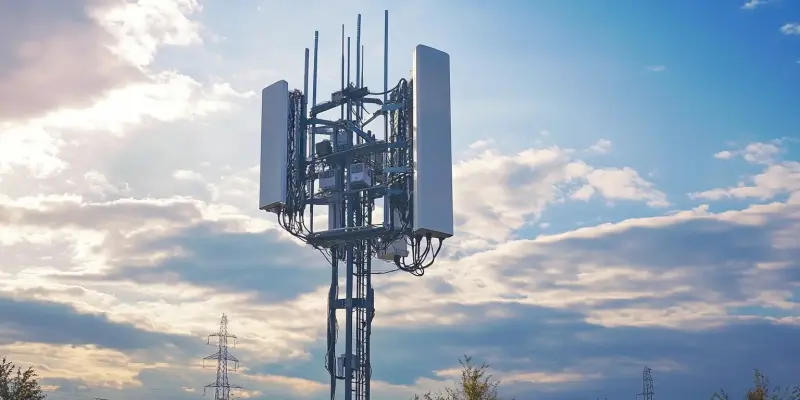The technological frontier continues to expand as 5G technology promises to revolutionize how we connect and communicate, propelling innovation across industries. Unlike its predecessor, 5G Standalone (SA) networks are built from the ground up with 5G standards in mind rather than upgrading current 4G LTE core infrastructure. This shift brings improvements in speed, lower latency, and greater reliability, ultimately enhancing user experience. In the United States, T-Mobile has taken the lead over its competitors, leveraging its early investments to establish a robust 5G SA network. Though the advent of 5G has sparked excitement, only a few U.S. carriers have managed to roll out these SA networks on a national scale. As the race to lead 5G SA implementation heats up, potential industry shifts and worldwide advancements suggest a future of expanded connectivity and innovation.
T-Mobile’s Dominance in 5G Standalone Networks
T-Mobile’s strategy placed the company on a unique playing field in fostering 5G SA networks in the United States. Unlike its peers, the carrier took strategic early steps, kickstarting its 5G SA deployment by capitalizing on its 600MHz spectrum. Consequently, T-Mobile was able to rapidly expand its coverage before upgrading to its 2.5GHz infrastructure for improved capacity and speeds. According to Dave Bolan, a well-regarded analyst from the Dell’Oro Group, T-Mobile’s early entry into the 5G SA domain allowed the company to amass a significant head start. In contrast, AT&T and Verizon have yet to establish nationwide 5G SA networks, although similar expansions are expected by 2025.
Moreover, the global picture for 5G SA networks is becoming increasingly dynamic. Bolan’s research indicates that 61 operators across 34 countries have initiated 5G SA deployments since 2020. Among these, telecom giants in China, India, Germany, and the U.K. have aggressively adopted and expanded their 5G SA infrastructures. T-Mobile’s pioneering efforts within the U.S. context thus position it as an early mover and potentially influential player on the global stage. Nevertheless, the competition remains intense, with each carrier striving to provide superior services and broader coverage areas.
Broader Industry Challenges and Projections
Even though T-Mobile has carved out a leadership niche in 5G SA networks, true nationwide coverage is an ambitious goal that entails overcoming substantial operational hurdles. Bolan emphasizes that what constitutes “nationwide” coverage still lacks a stringent definition, yet generally implies the service must span large geographic areas, notably including urban centers. While initial deployments typically focus on cities with high population densities, rural accessibility remains a critical challenge before achieving parity with existing 4G networks.
Likewise, despite ongoing investments and technological advancements, no U.S. carrier has fully replicated the breadth of their 4G networks using 5G SA technology. This transition from Non-Standalone (NSA) to SA networks is still a work in progress. By 2025, both AT&T and Verizon are expected to broaden their 5G SA networks significantly, contributing to a more competitive landscape. Ericsson’s Mobility Report projections anticipate that global 5G SA mobile subscriptions will surge to 3.6 billion by 2030, accounting for 60% of all 5G subscriptions. This projection suggests substantial growth but underscores the need for continued infrastructure development and resource allocation.
Future of 5G Standalone Networks in the U.S. and Around the Globe
Though T-Mobile leads in 5G SA networks, achieving true nationwide coverage is ambitious and involves overcoming many operational challenges. Bolan notes that while “nationwide” coverage lacks a strict definition, it generally means services must cover large geographic areas, especially urban centers. Initial 5G deployments often target densely populated cities, but making rural areas accessible remains crucial for matching the current 4G network coverage.
Despite ongoing investments and technological advances, no U.S. carrier has yet matched their 4G network’s extent with 5G SA technology. The shift from Non-Standalone (NSA) to Standalone (SA) networks is still underway. By 2025, AT&T and Verizon aim to significantly expand their 5G SA networks, fostering a more competitive market. According to Ericsson’s Mobility Report, global 5G SA subscriptions are expected to rise sharply, reaching 3.6 billion by 2030, or 60% of all 5G subscriptions. This forecast indicates notable growth but emphasizes the ongoing need for infrastructure development and resource investment.

